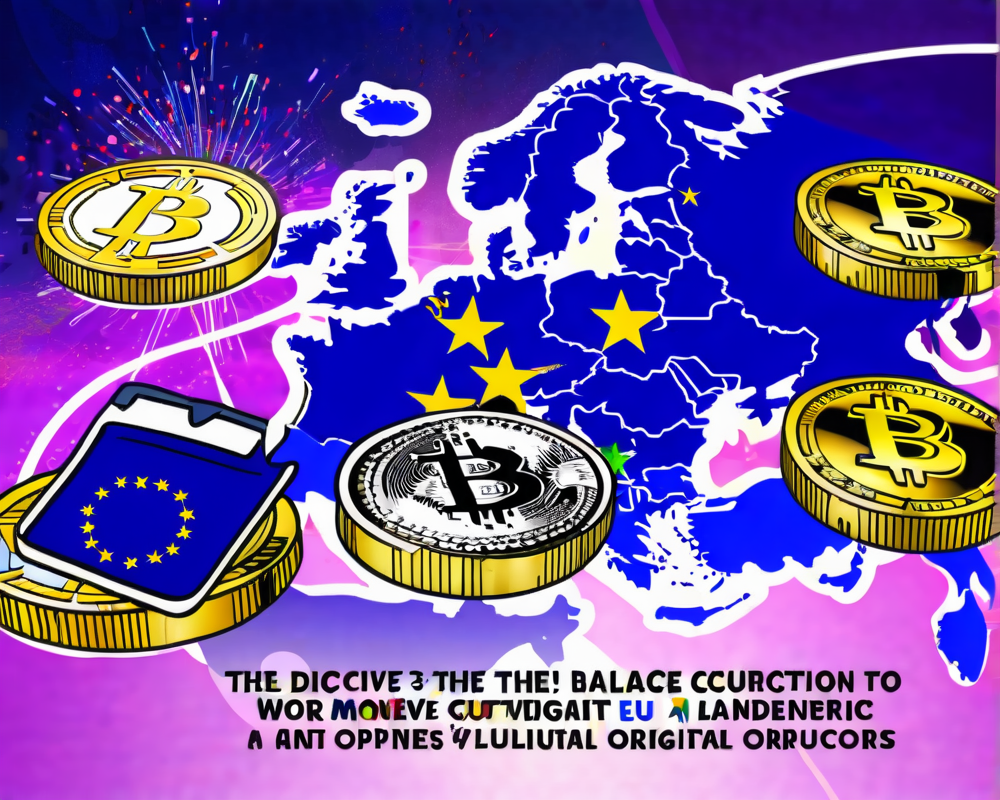Understanding the Directive
In a bold move, the European Parliament has recently rolled out a directive tackling the intricate tango of anti-money laundering (AML) and digital currencies. Sure, they may consider it a marginal issue right now, but they’re keeping a keen eye on the potential future surge of virtual currencies. After all, who wouldn’t want to be prepared for the digital gold rush?
The Evolution of Money Laundering Legislation
The latest contemporary legislation stems from the EU Directive 2015/849, which boldly touted its compliance deadline back in June 2017. This marks the fourth attempt to address the ever-evolving landscape of money laundering, with the first directive having sprung into existence in 1991. Talk about a long game!
Shifting Perspectives on Digital Currencies
It’s hard to ignore how the notion of money laundering has morphed throughout various directives – especially when the spotlight shines brightly on Bitcoin these days. It almost feels like a public shaming, where Bitcoin gets stereotyped as the villain of the story, embroiled in dubious dealings.
The Great Anonymity Debate
Ah, the classic argument: does anonymity provide freedom or facilitate crime? On one hand, cryptocurrencies like Bitcoin are frequently touted for their decentralized and anonymous traits. But let’s face it, many folks overestimate the level of privacy Bitcoin affords; ZCash and Monero take the cake for complete user data obscurity. Meanwhile, the latest directive suggests that digital currencies lack legal status and can’t remain anonymous for too long. It’s a real plot twist!
Dictating the Future of Virtual Currency
The EU has taken a stand, stating that the credibility of virtual currencies takes a nosedive when they’re associated with criminal activities. They argue that anonymity could soon turn into a liability instead of an asset. In their quest for transparency, the EU has proposed a couple of eyebrow-raising solutions: creating a centralized database to log user info and wallet addresses and offering a self-declaration form for cryptocurrency users. Yikes!
Conclusion: Balancing Act
Ultimately, the EU Parliament’s ambition is crystal clear – monitoring the use of virtual currencies to sniff out suspicious activities is their objective. It’s like trying to find a needle in a digital haystack, but with a little bit of technology and a lot of elbow grease, anything’s possible. So, where do we go from here? Well, that remains to be seen in this grand performance of regulation versus freedom!




